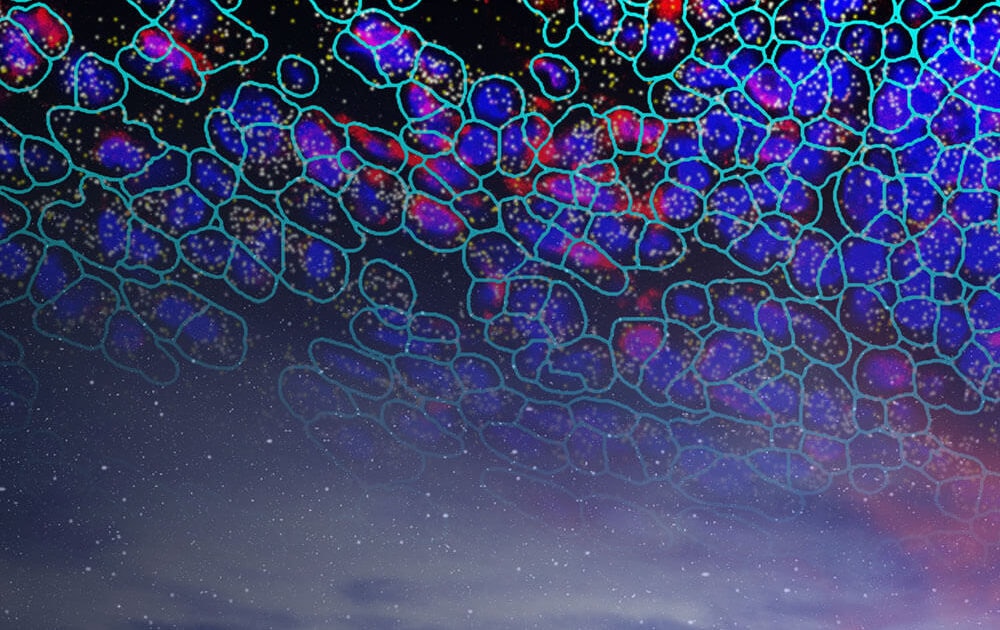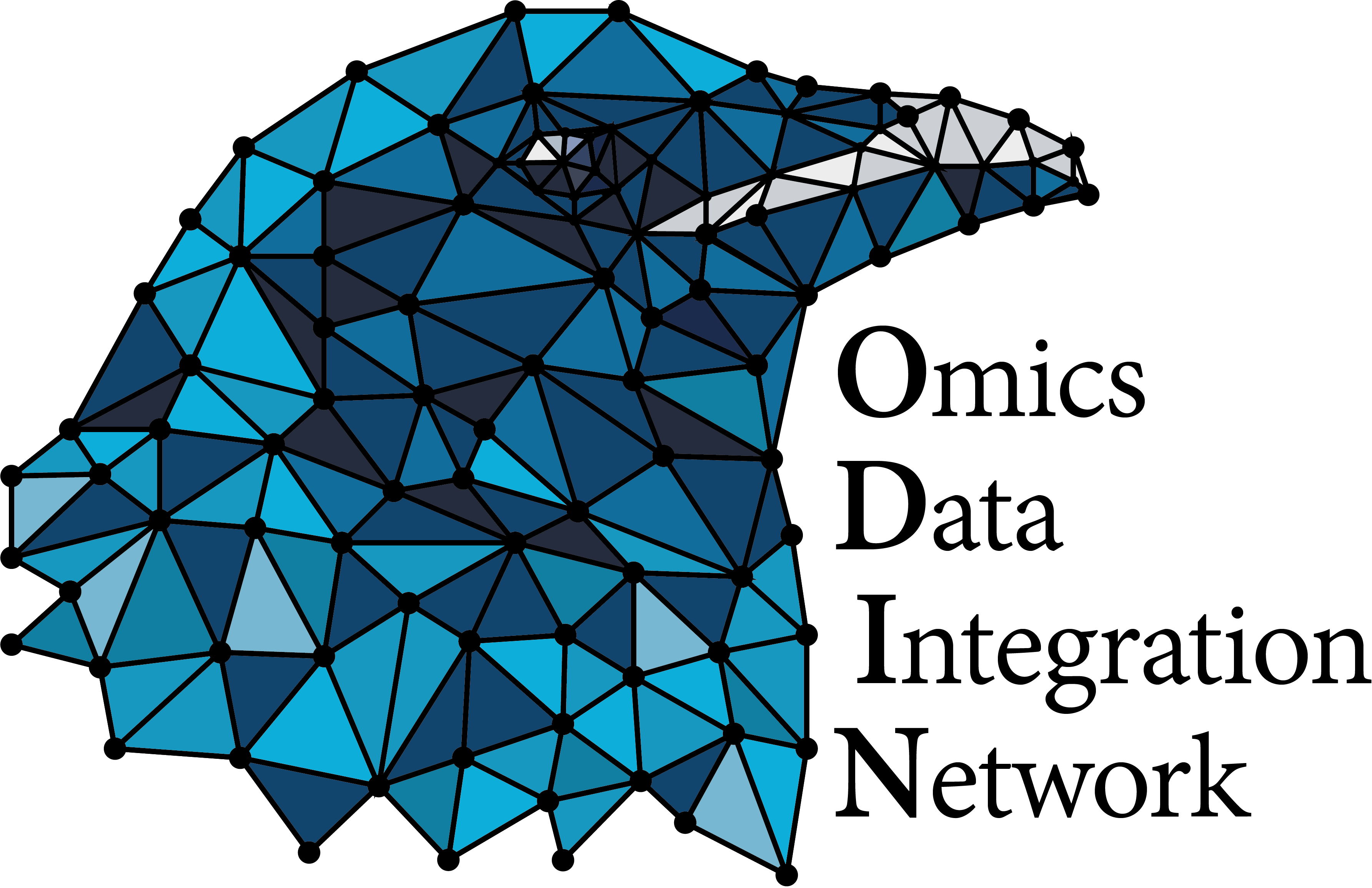imaging-based in-situ spatial single-cell
Analysis of single-cell gene expression data generated by imaging-based in-situ systems
https://www.nature.com/articles/s41586-021-03634-9
This workflow integrates the key steps for a complete analysis of datasets generated either by Merscope, Xenium or Cosmx systems. It is based on the SpatialData and Anndata data structures from the scverse python ecosystem.
Required assays
| assay | omic | resolution | link |
|---|---|---|---|
| Image-based spatial gene expression | Transcriptomics | Spatial | https://www.biorxiv.org/content/10.1101/2023.12.13.571385v1 |
Modules list
| Module | Type | Implementation | Description |
|---|---|---|---|
| In_situ_ST-output | Primary analysis | Bash | Spatial in-situ imaging-based systems provide an output directory for each processed slides. Default systems parameters should provide data of suffisant quality,but possibilities exists to improve the quality of this primary analysis, prior to run statistical analysis modules. It will mainly depends on the in-situ imaging-based systems used. |
| In_situ_ST-read_and_integrate | Secondary Analysis | Python | Based on output directories created by in-situ imaging-based spatial transcriptomics systems this module allow to read the data and perform an integration using rapids_singlecell harmony implementation requiring access to GPU. |
| In_situ_ST-cell_annotation | Statistical analysis | Python | Crucial step of the statistical analysis process, cell labeling allow to associate each cell to a cell type. This process can be done manually using leiden or louvain clustering and gene markers definition using standard single-cell labeling process as such described within seurat or scanpy standard statistical workflows. Labeling can also be performed by cell scoring using the very specific gene markers selected within the spatial experiment gene panel using standard scoring functions based on gene lists. Here we describe automatic procedure that relies on the grouping into a same latent space of the spatial cells and cells coming from an home-made or external single-cell reference, based on the transcriptome of the common genes. |
| In_situ_ST-niches_and_domain | Statistical analysis | Python | Based on cell neighborhood and transcriptome proximity, several packages help to identifies niches and spatial domains to highlight structural organization of cells within the tissue. Niches are extremely interesting to define for instance heterogeneous immune cells organisation in cancer sample while spatial domain notion rely more on anatomical region. We focus here on 2 different packages (ie. cellcharter and novae) allowing the definition of both aspect adding metadata to AnnData .obs table. We also explain how to import anatomical regions coming from xenium explorer lasso shape .csv export. |
Reference publications
| title | authors | doi |
|---|


